Food & Drink
Menu Decoding
From positioning to pricing to typography, restaurants often employ powerful tricks on their menus.
From positioning to pricing to typography, when marketing their menus, restaurants often employ powerful tricks to get your dining dollars. “Being forewarned is forearmed here, and you should be aware of the various psychological tricks that restaurants use,” says William Poundstone, author of Priceless: The Myth of Fair Value (And How to Take Advantage of It). So whether you’re contemplating a steak at The Prime Rib or considering a crab cake at Koco’s, to help you become menu literate, the writer (a first cousin of comedienne Paula Poundstone) reveals the hidden psychology behind menu-reading.
Navigate the menu using the arrows below.
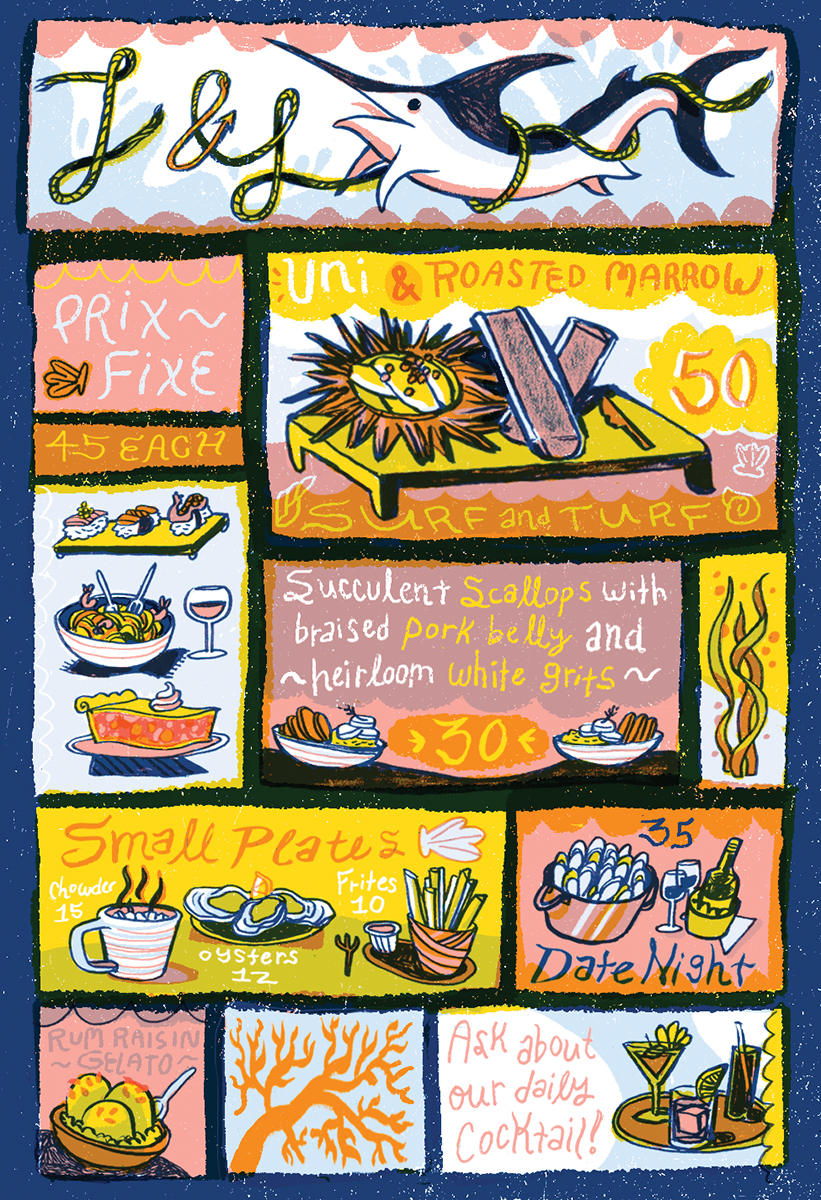
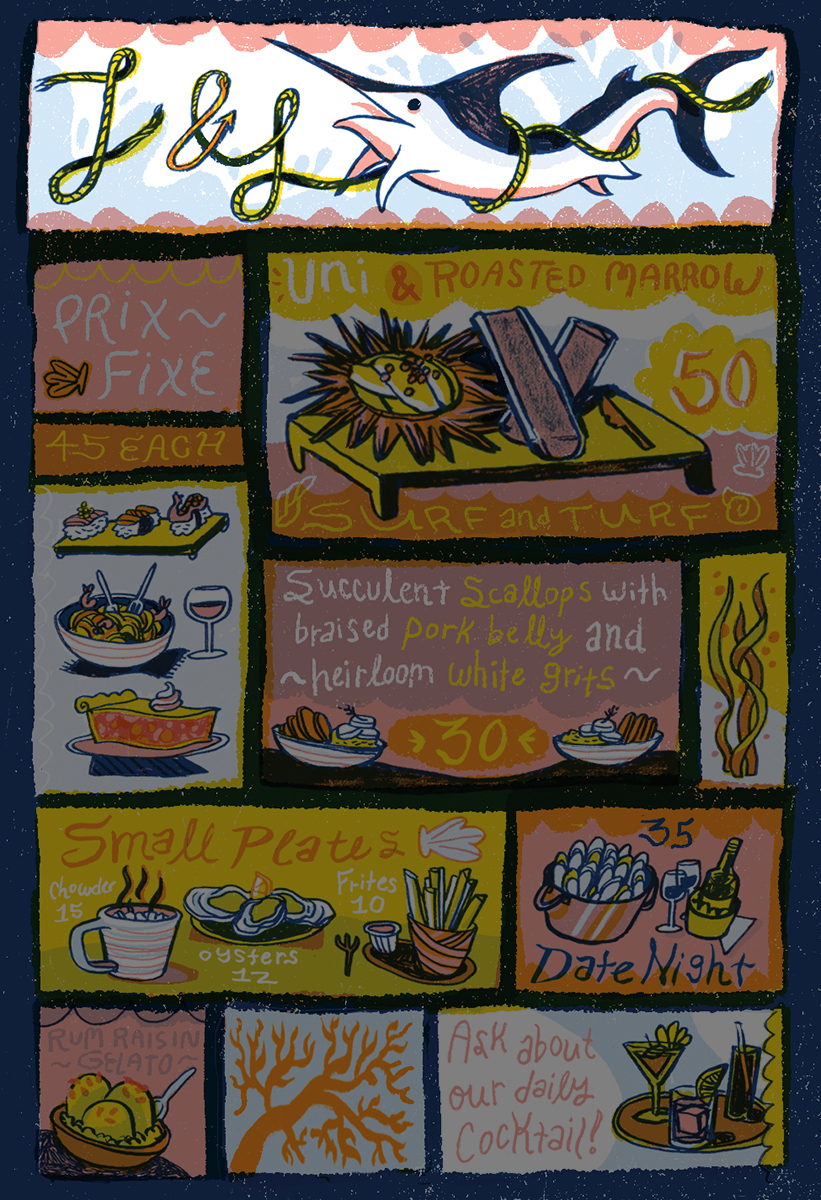
Typography: “In old-fashioned restaurants, prices are in columns on the right side,” says Poundstone. “Restaurants found that people scan the column and choose the cheapest entrees. So instead, they have center-justified items, which breaks up the line so the eye has to wander and figure out where the prices are. With center-justified items, people look at the descriptions of the food, decide what looks good, then check the price. If it isn’t too much, they’ll order it.”
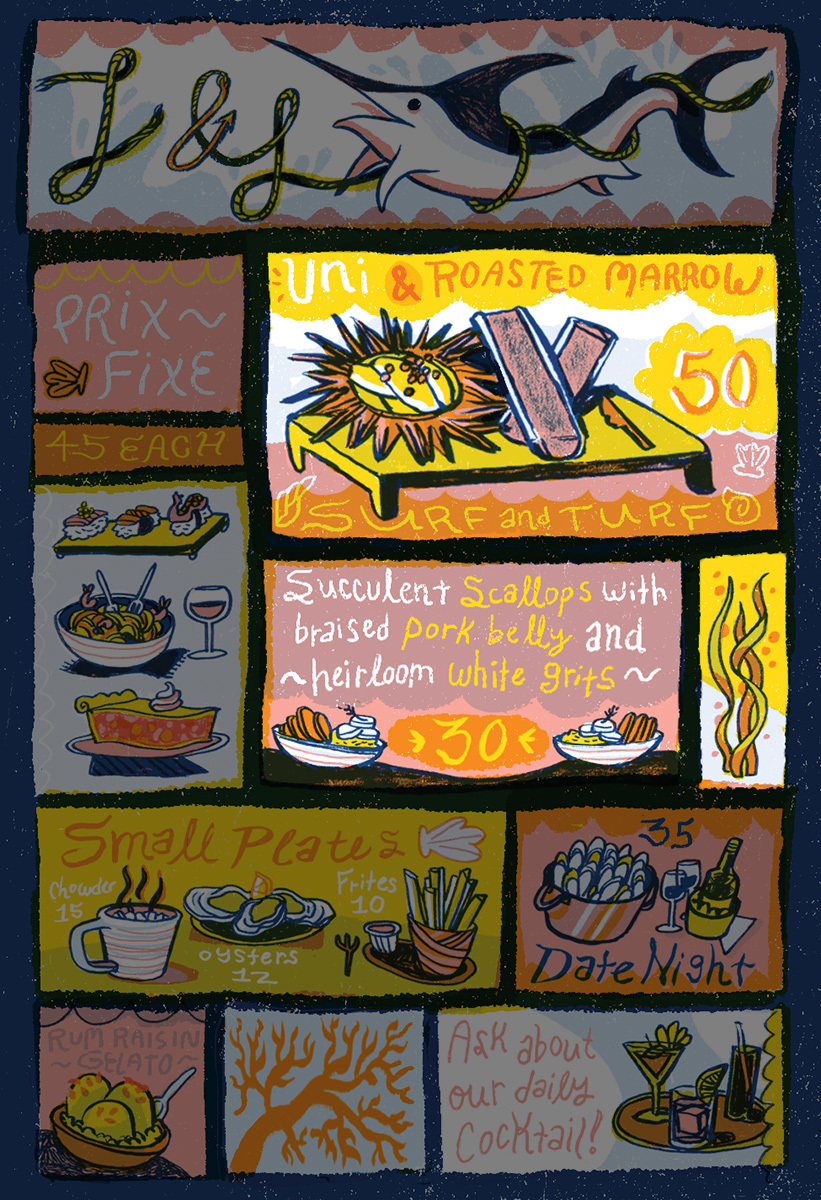
The Anchor: An item on the menu that simply serves as a foil. “There’s usually a box around the anchor or an illustration so you see that it’s outrageously expensive like a $125 plate of oysters at [New York City’s] Balthazar,” says Poundstone. “Most people are not going to order it, but once you see that and move down the menu to a $50 steak, the steak seems reasonable in comparison.”
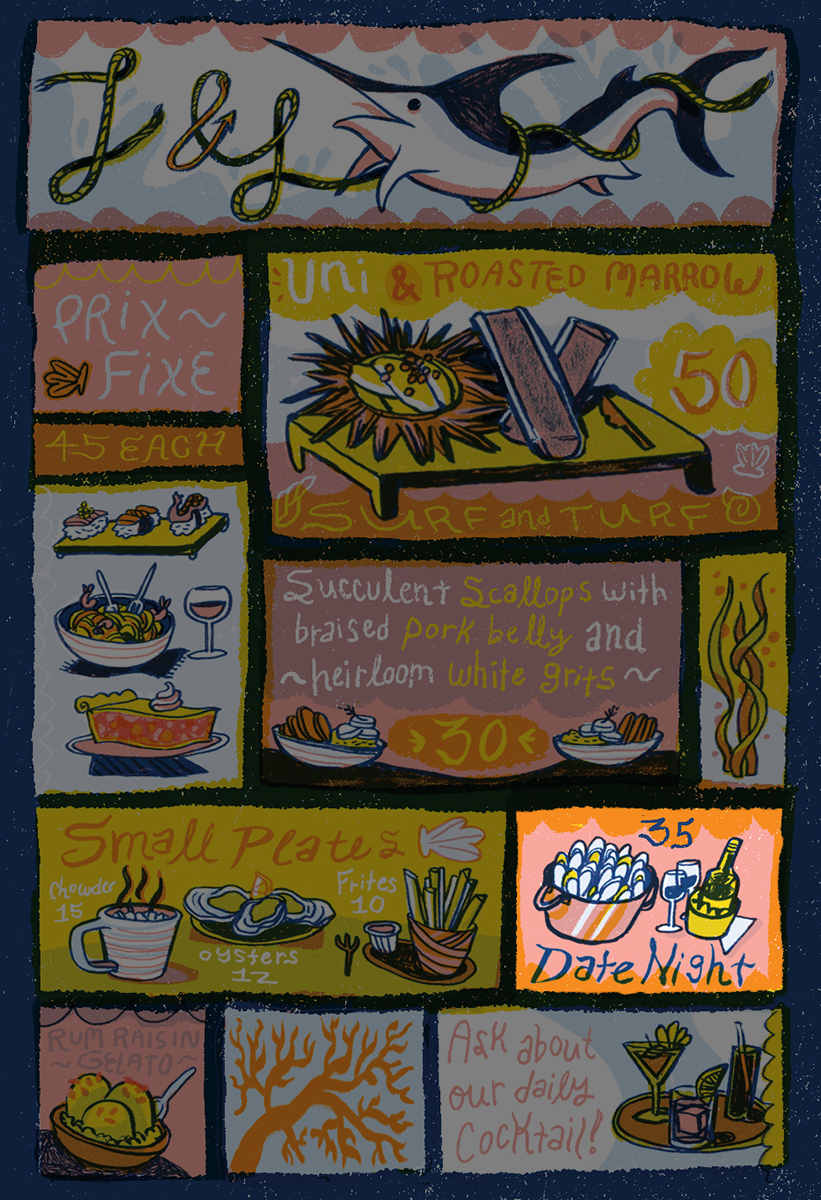
Dishes for Two: “These are often ordered by people on a date, but if you look at the fine print, the price is quoted per person,” says Poundstone. “And, if you’re on a date, who is going to speak up?”
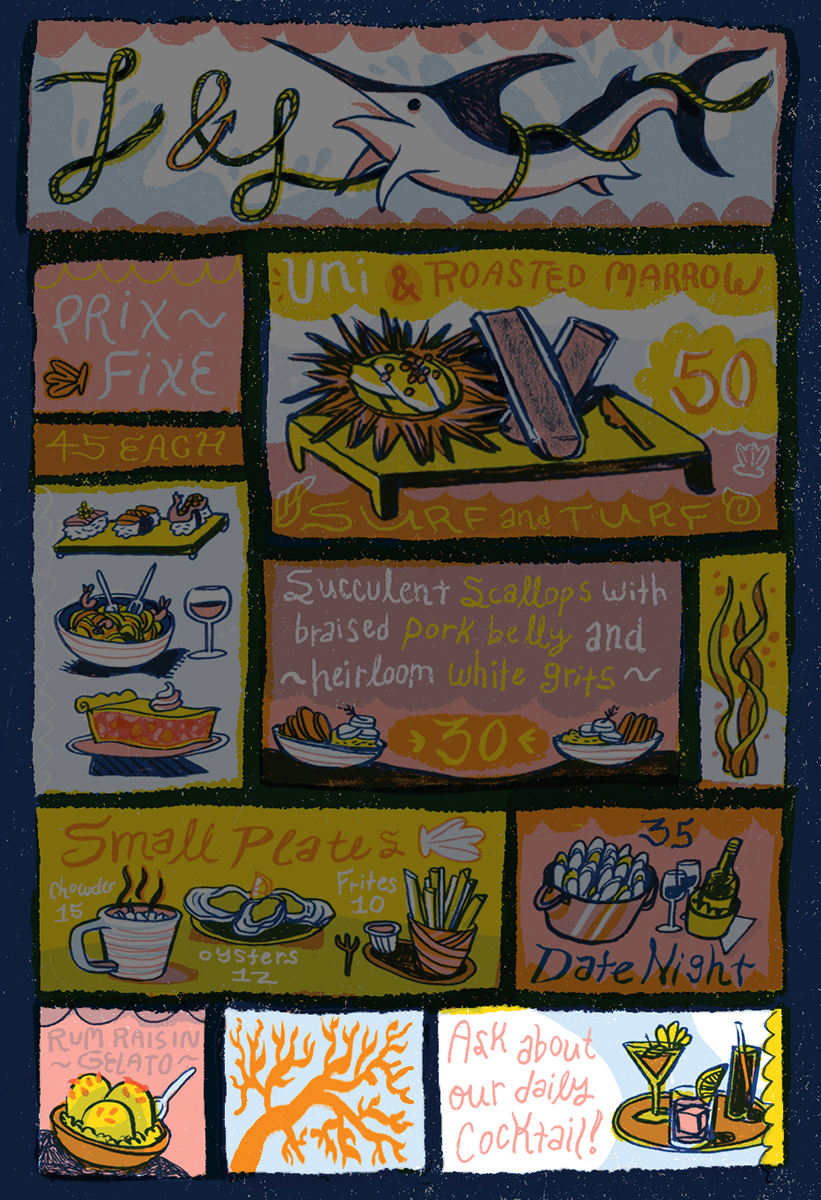
Menu Siberia: “Sometimes there will be a dish that’s relatively low profit and the restaurant keeps it on some inconspicuous part of the menu because it’s popular,” says Poundstone. “But they want to discourage you from ordering it. The dishes they want you to order are on the upper right-hand corner, which is the opposite of menu Siberia.”
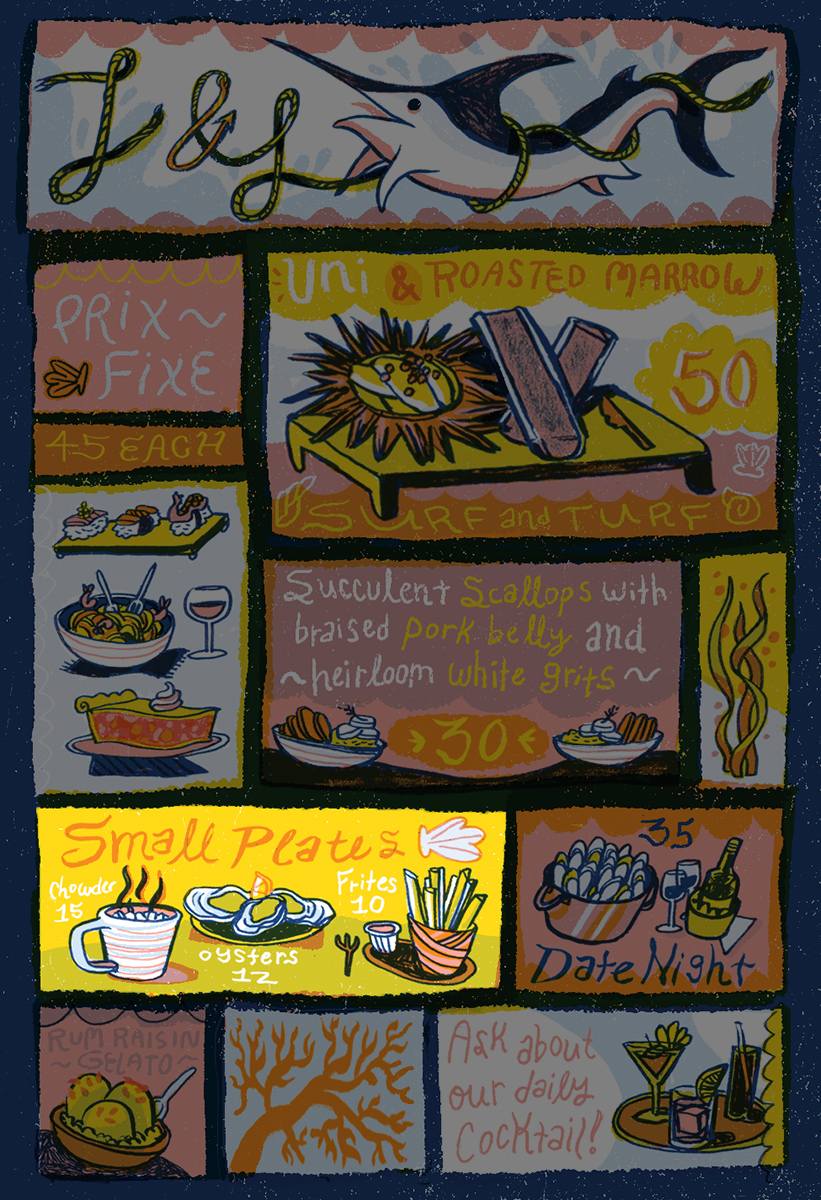
Small Plates: “Small plates are another way of fostering confusion,” says Poundstone. “You really don’t know how much you’re going to get. Generally, you err on the side of making sure you have enough food. A lot of people don’t actually do the math to figure out what they’re going to be paying until they see the final bill.”
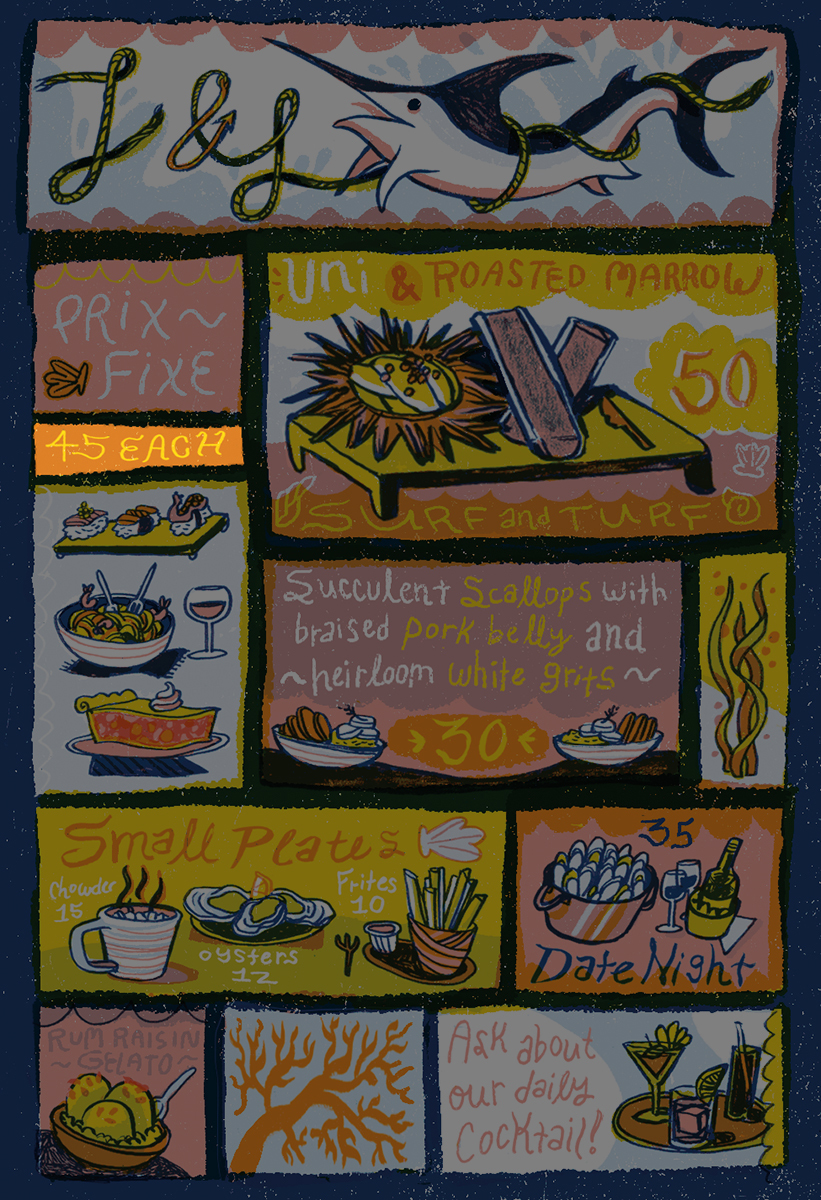
Dollar Signs: “If you want to de-emphasize the price, you use as few typographical symbols as possible,” says Poundstone. “So you often see menus where the dollars and cents symbols have been dropped. If the price is de-emphasized, you pay more attention to the flowery words and intriguing descriptions of the food.”
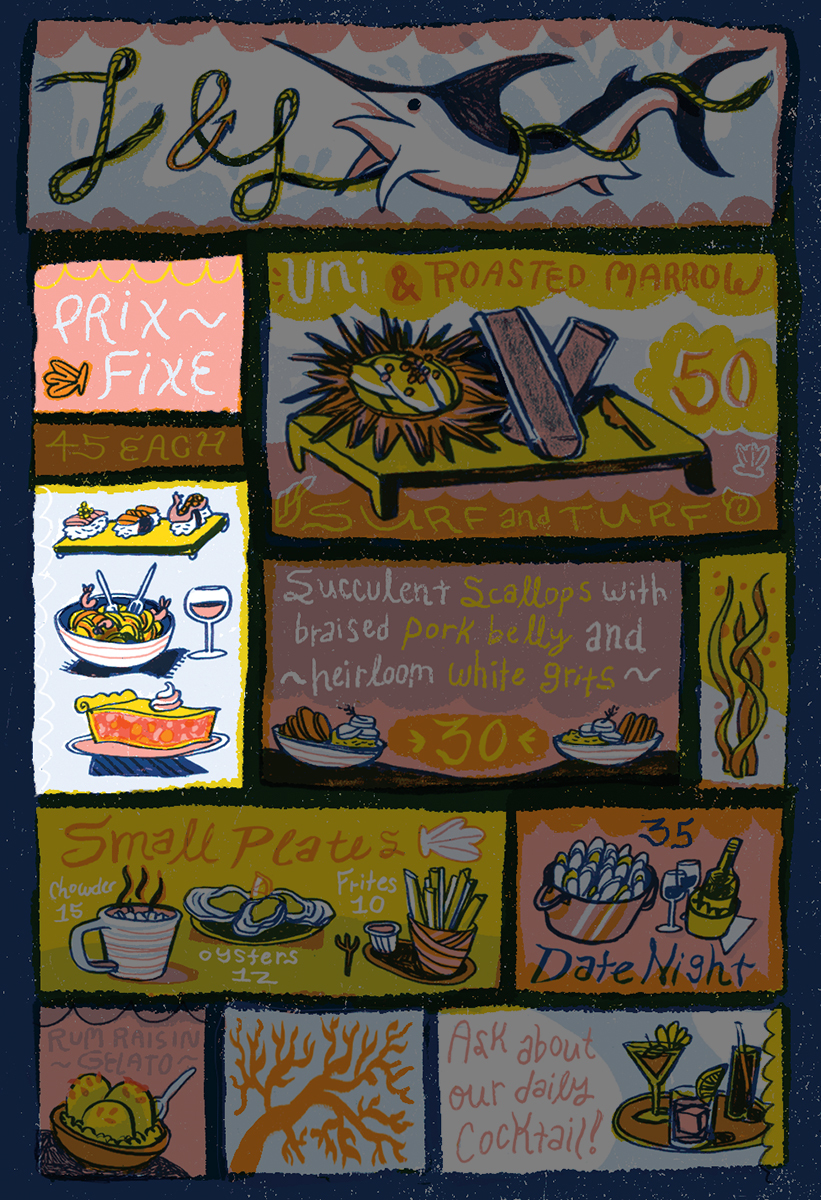
Bundling: Combining items to make a meal. “In a high-end restaurant, the bundle is a prix-fixe meal,” says Poundstone. “At McDonald’s, it’s a combo meal, but the same psychological principles apply. You figure if you got a bundle, it’s probably a good deal, but they want to make sure you’re not thinking, ‘What would the French fries cost?’ What would the hamburger cost?’”